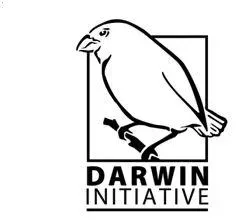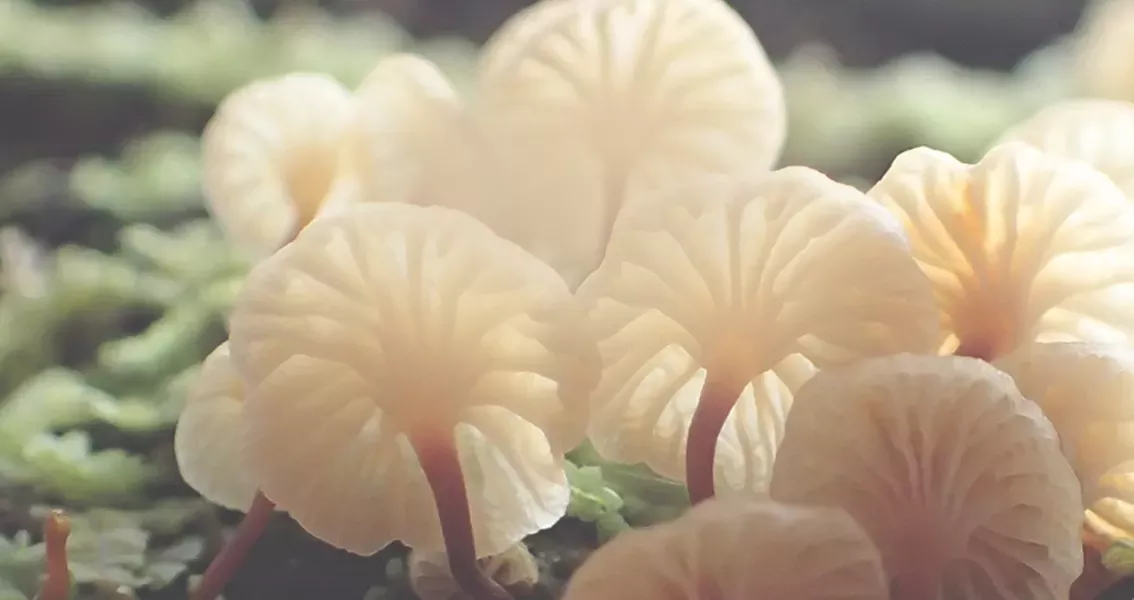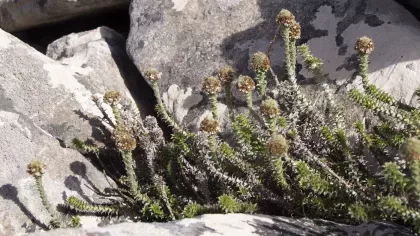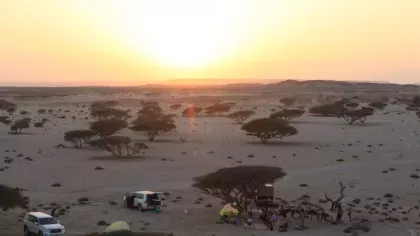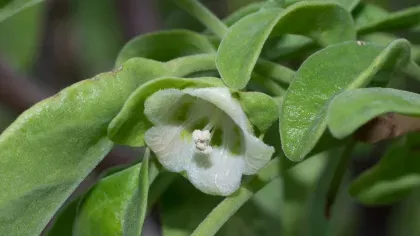15 January 2020
Invasive species on South Georgia
With five million seals and 65 million birds, the UK Overseas Territory of South Georgia is a wildlife paradise. And now its native flora is getting a boost.

The remote, uninhabited island of South Georgia, located in the Southern Atlantic Ocean around 1,700 km east of the southernmost tip of South America, is a wildlife haven for marine mammals and birds.
Only eight per cent of the island can support plant life and just 24 species of native vascular plant grow there. But each are unique and valuable for the ecosystem.
Many non-native species have been introduced by humans over the years, including 76 plant species, of which 41 are still present on the island.
These pose a threat to the native biodiversity, which is why we’ve been supporting The Government of South Georgia and the South Sandwich Islands (GSGSSI) in their commitment to restoring this amazing island.

Reindeer and rats
In 1775, James Cook claimed the rugged and mountainous ice-covered territory for Great Britain, and shortly thereafter seal hunting commenced. In the early 20th century the island became a base for whaling, which continued until the 1960s.
The early inhabitants of South Georgia brought with them many non-native species, the most impactful being reindeer (intentionally introduced for their meat) and rats (unintentionally introduced by the ships that stopped there).
As invasive non-native species are one of the most important drivers of biodiversity loss, reindeer were removed from the island by 2016 and, after a huge eradication project, the island was declared rodent-free in 2018.


Plant elimination
With no grazing animals, non-native plant species were able to flourish, so a five-year non-native plant management strategy commenced in 2016 to eliminate 33 of the 41 non-native plant species and limit the spread of the most invasive.
Experienced members of the ecological management company Indigena Biosecurity International have been implementing this strategy, primarily using targeted herbicides for plant control.
Thanks to Darwin Initiative funding we’ve been supporting the strategy, in collaboration with Durham University, by monitoring the vegetation changes following non-native plant species control, and by estimating the risk of non-native plant species persisting beyond 2020 - the end date for the current strategy.

Seeds and soil
Much of this work has taken place at our Millennium Seed Bank at Wakehurst using soil samples and seeds we collected from around South Georgia.
Kaitalin White, a Kew MSc student, has been examining soil samples to assess the effectiveness of the non-native plant species control.
But the research is challenging as all investigations must take place under strict quarantine conditions.
This includes, amongst other things, only examining the soil under a designated dust hood which filters all extracted particles to ensure any insects or potential pathogens in the soil from South Georgia cannot escape and pose any threat to UK native species.
Kait, through sieving and microscope examination of the different sieved soil fractions, removed over 600 seeds or seed fragments from 400cm3 of soil.
In total, 51 seeds were found to be viable. Amongst these, four native and four non-native species were identified. Only one seed was from a non-native grass species, Deschampsia cespitosa, that is being controlled, which suggests that the control programme is working.
In addition to the soil analyses, seeds or spores from 22 collections of 13 native plant species and seven collections of non-native plant species have been collected and stored in the Millennium Seed Bank.


Flora future
The potential for the more widespread non-native plant species to disperse into and colonise new areas following glacial retreat, caused by climate change, is being quantified using custom built bucket seed traps. Seeds and spores of native plants and fern species are continuing to be collected for conservation at Kew’s Millennium Seed Bank.
The plant control team have returned to South Georgia for the austral summer to continue checking sites where control has taken place in previous years.
Initial indications this field season suggest that the area of occurrence of non-native plant populations on the target list for eradication is shrinking.
At Kew we eagerly await the new field season’s samples and data to evaluate the success of the non-native plant management programme.
This will enable us to advise GSGSSI as they prepare their post-2020 non-native plant management strategy for the island.

